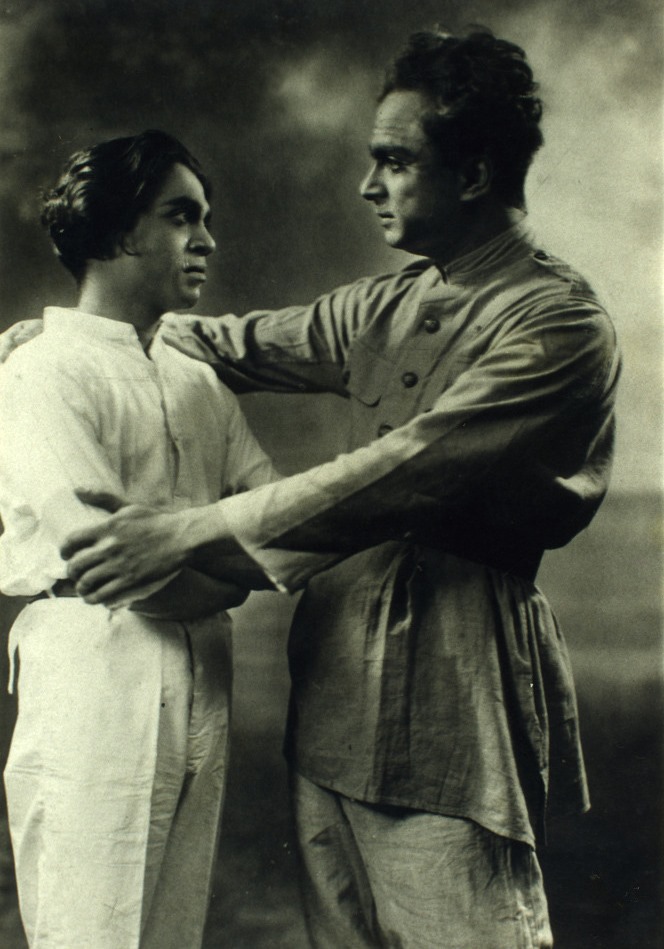May Day and Theatre

K.T. Deshmukh Collection
Sonyacha Kalas (The Golden Spire) was written in 1931 by the Marathi playwright B.V. Warerkar. The play highlights a mill-owner’s exploitation of his labourers. The play, originally based on the 1919 labour strike in a few mills in Parel, Bombay was titled, Majuranche Rajya (Rule of Workers). Going through severe scrutiny from the censorship board the initial version was barred from being published or performed. Warerkar then wrote a novel on the same subject and titled it Dhvata Dhota (Running Spindle). In 1931, Warerkar thought of rewriting a play on the same theme but titled it Sonyacha Kalas, where the title of the play had no reflection of its narrative. He brought in a few major changes in the story-line, like portraying one good mill owner and one bad, instead of keeping both characters in bad light, like in his novel. With the hope that the play would pass the censor board this time, the staging date was announced. However, it was further delayed with police intervention and two of the major scenes were eliminated. It was finally staged on 24th August 1932. Warekar writes in the Foreword of the sixth edition of the play, “The period of this play is from a time, before communism spread properly in Mumbai. In this period the leaders of organizations like The Servants of India Society and Social Service League were leading the labour movements. All the parties and movements were influenced by Gandhi’s idea of non-violence and non-cooperation.” One can observe the reflection of Gandhian ideology in this play. In Sonyacha Kalas, the protagonist is a labour leader, Baba Shigwan, the son of the evil mill owner, who stayed incognito amongst the workers under the assumed name, Vitthal. Though initially having negative opinion about the working class, Vitthal slowly understands the workers’ plight and himself calls for a strike against his father. Finally, the struggle changed the mill owner, who comes to the aid of his workers. This image captures the concluding scene of the play, where the son and the father reconciles over their disputed ideologies and imagine a better future for the working class.
